Many organizations mistakenly equate psychological safety with being nice, getting your way, or letting performance slide.
Read More →

FEATURED INSIGHT
Many organizations mistakenly equate psychological safety with being nice, getting your way, or letting performance slide.
Read More →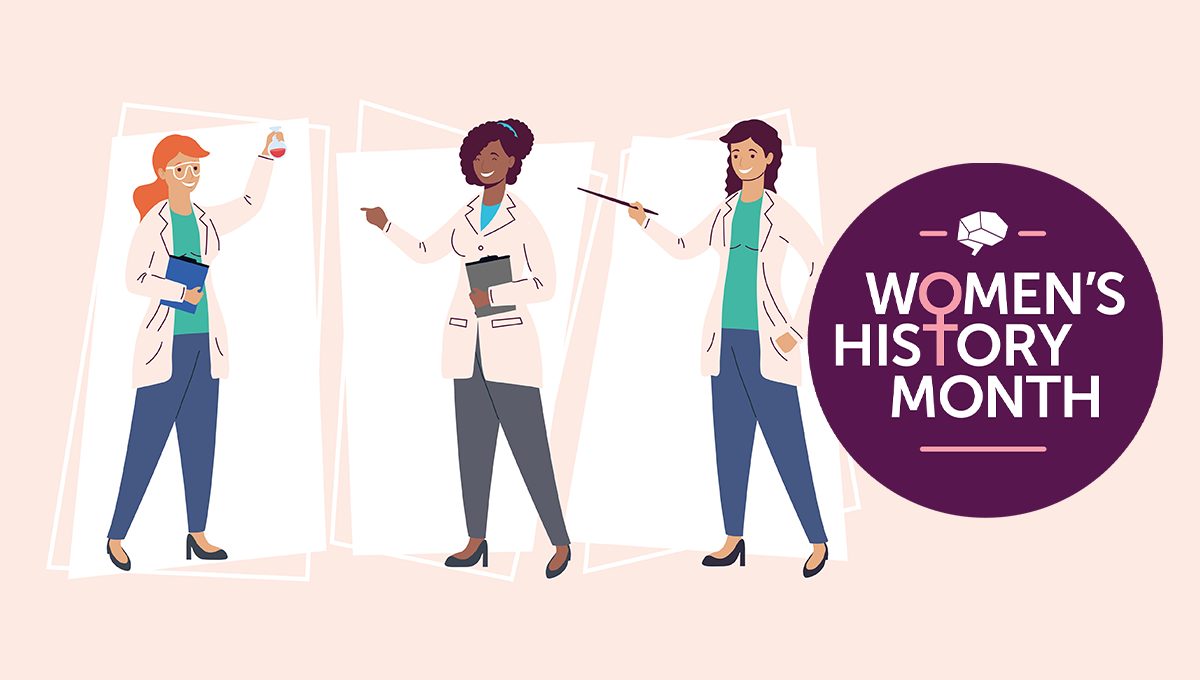
Anecdotal evidence speaks loudly, but here’s what the data says about women in neuroscience and why they’re leaving.
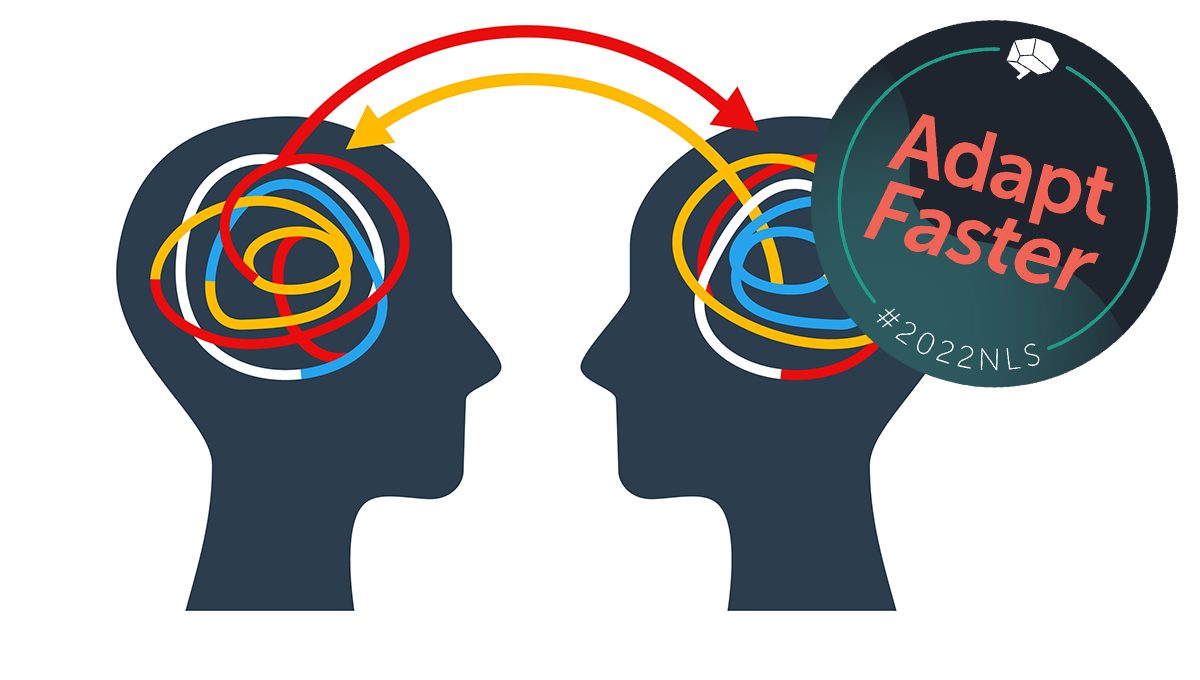
Our 18th NeuroLeadership Summit, featuring Boeing and Procter & Gamble (P&G), included insights about growth mindset, de-escalation, and inclusion.
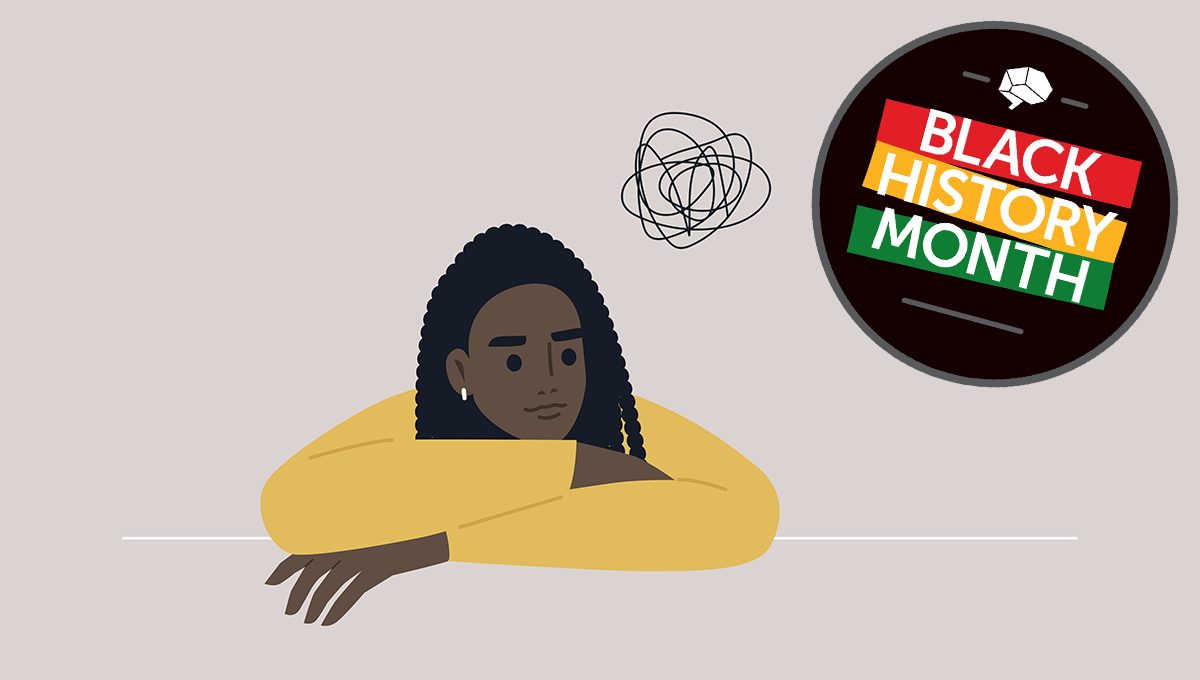
You’ve probably heard about code-switching and why some people do it, but what you may not know is the mental toll it takes.
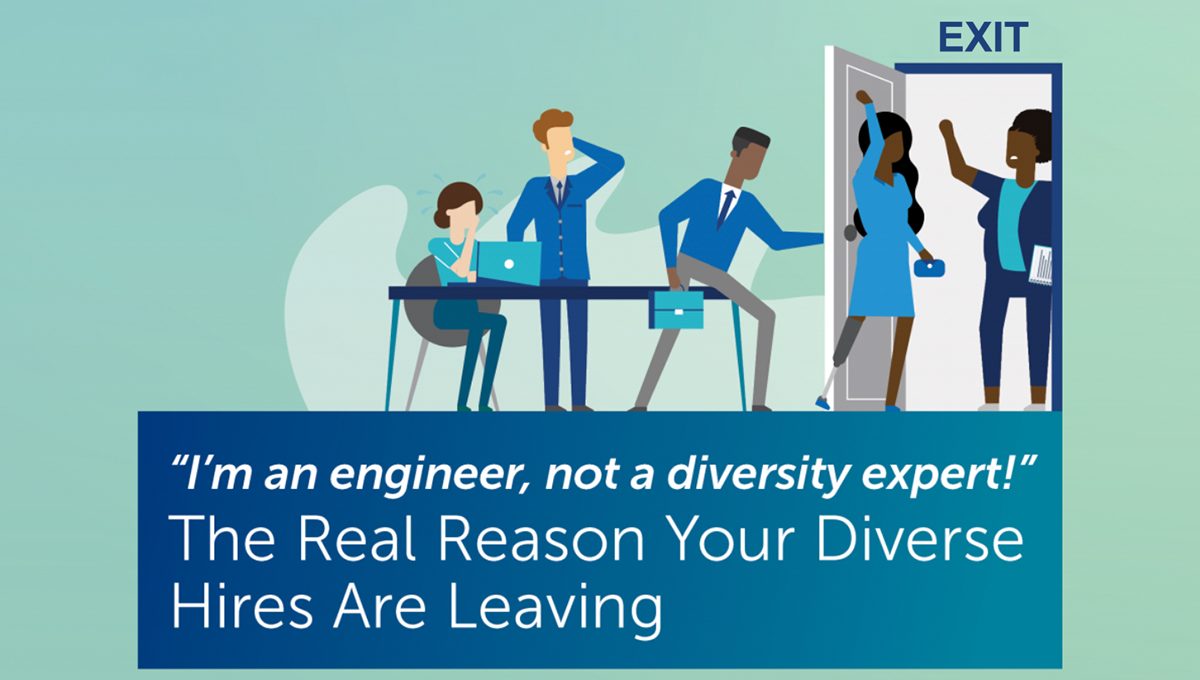
How do you integrate diversity and inclusion into your organization? To make sure your intent to be inclusive isn’t unintentionally exploitative, have a look at our guide to true inclusion.
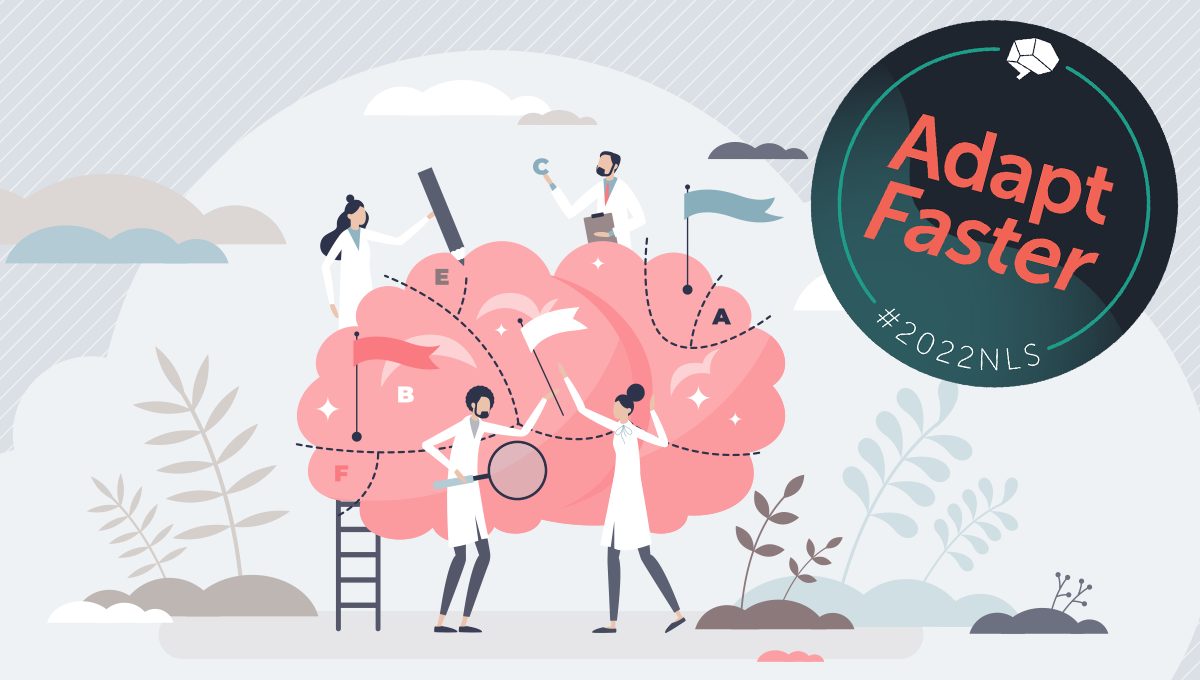
For years, there’s been one mainstream way of understanding implicit bias. Now researchers have discovered something unexpected in how our brains react to biases.
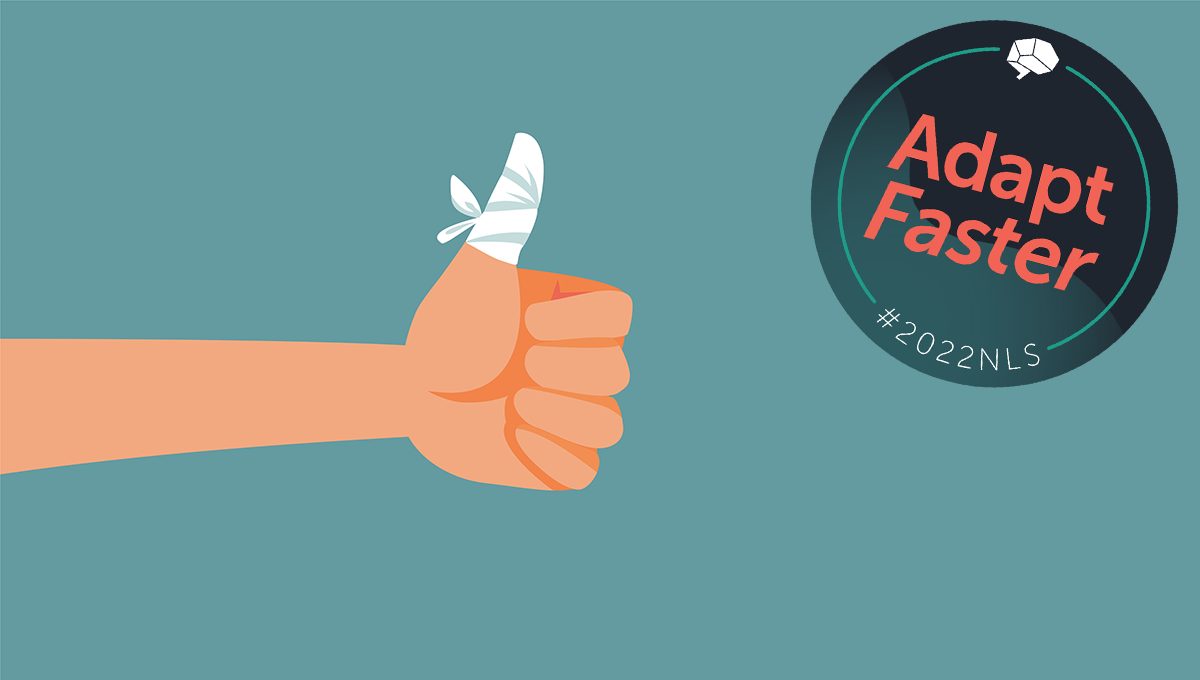
Burnout might be something completely different. Read our Q&A with Dr. Noel Lipana for more about the impact of moral injury on motivation.
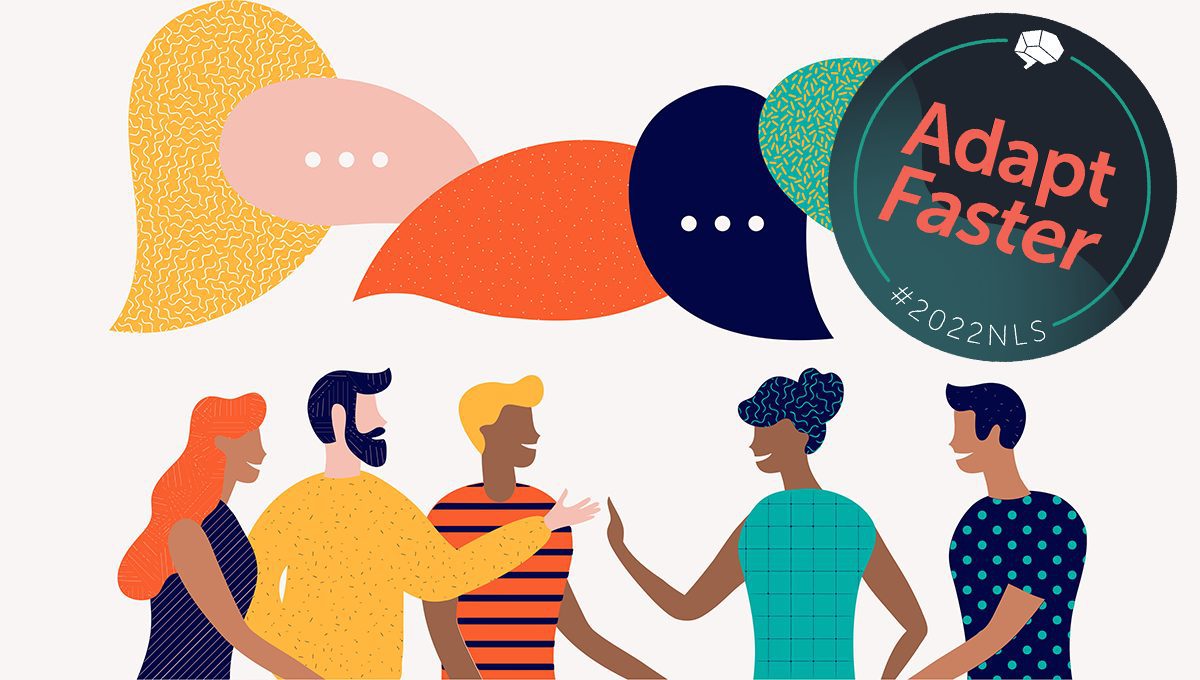
One of the most daunting and complex challenges of the pandemic has been how to keep workers connected. Eva Majercsik (CPO, Genesys), provides insight into how to best create a sense of belonging in the workplace.
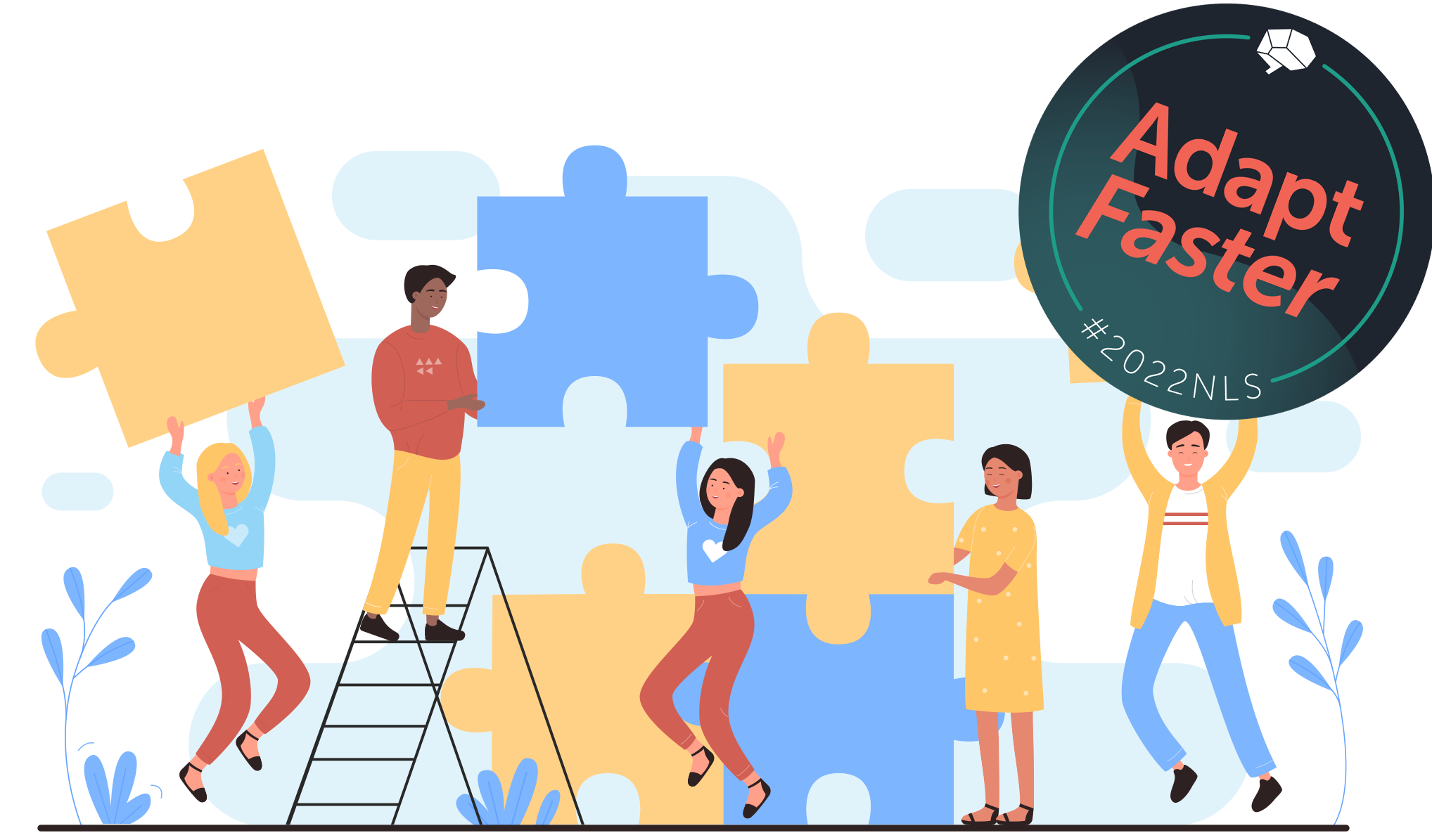
In order to actually change behavior when it counts, new habits must be easily recallable under pressure. Here are three criteria to make behavior changes stick.
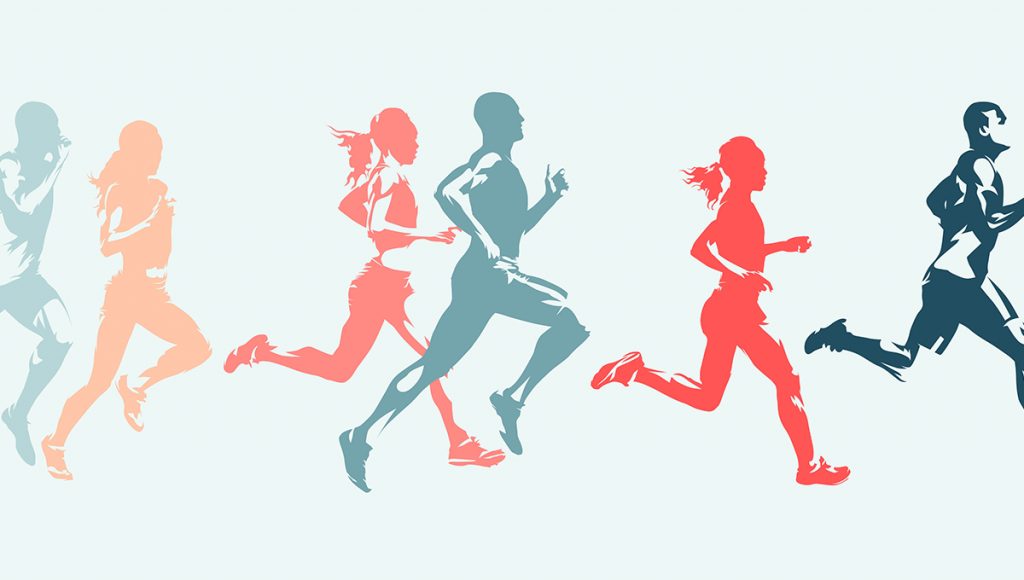
What does the neuroscience of running have in common with being a leader in conflict? A lot more than you think, according to five-time Olympian Nick Willis.
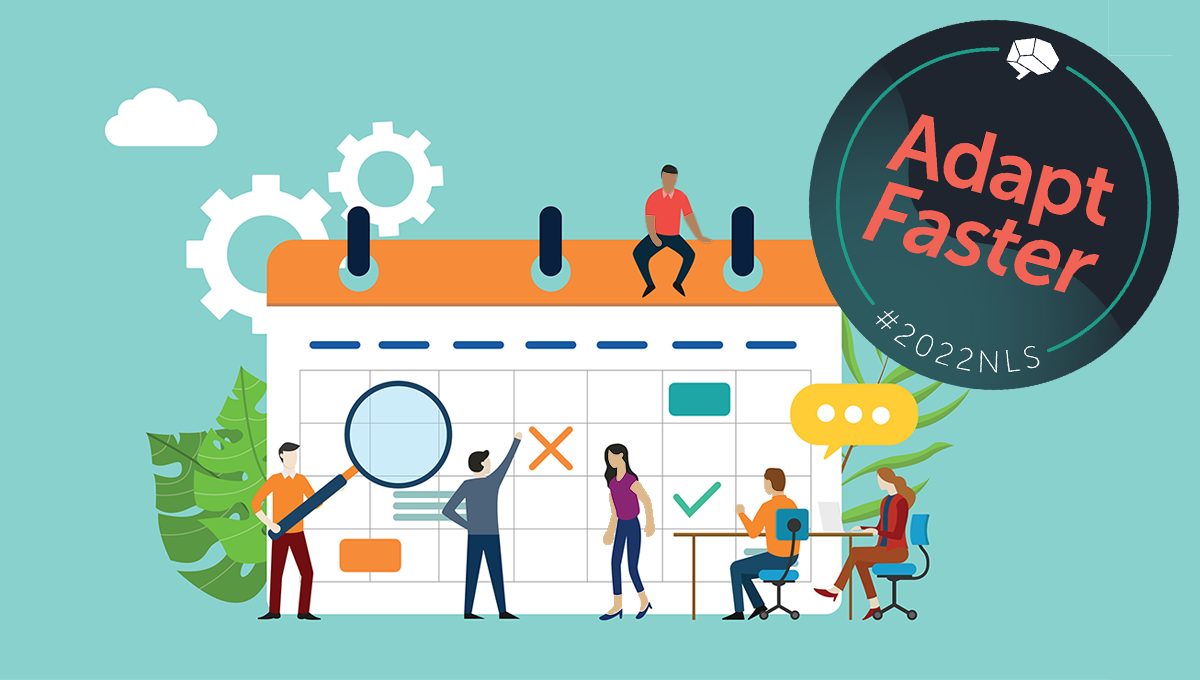
Leaders can spend a slew of time and money on organizational change initiatives. But many of them often fail. Here’s why and how to get them right.

Learn about the AGES model, which sets conditions for optimal learning.
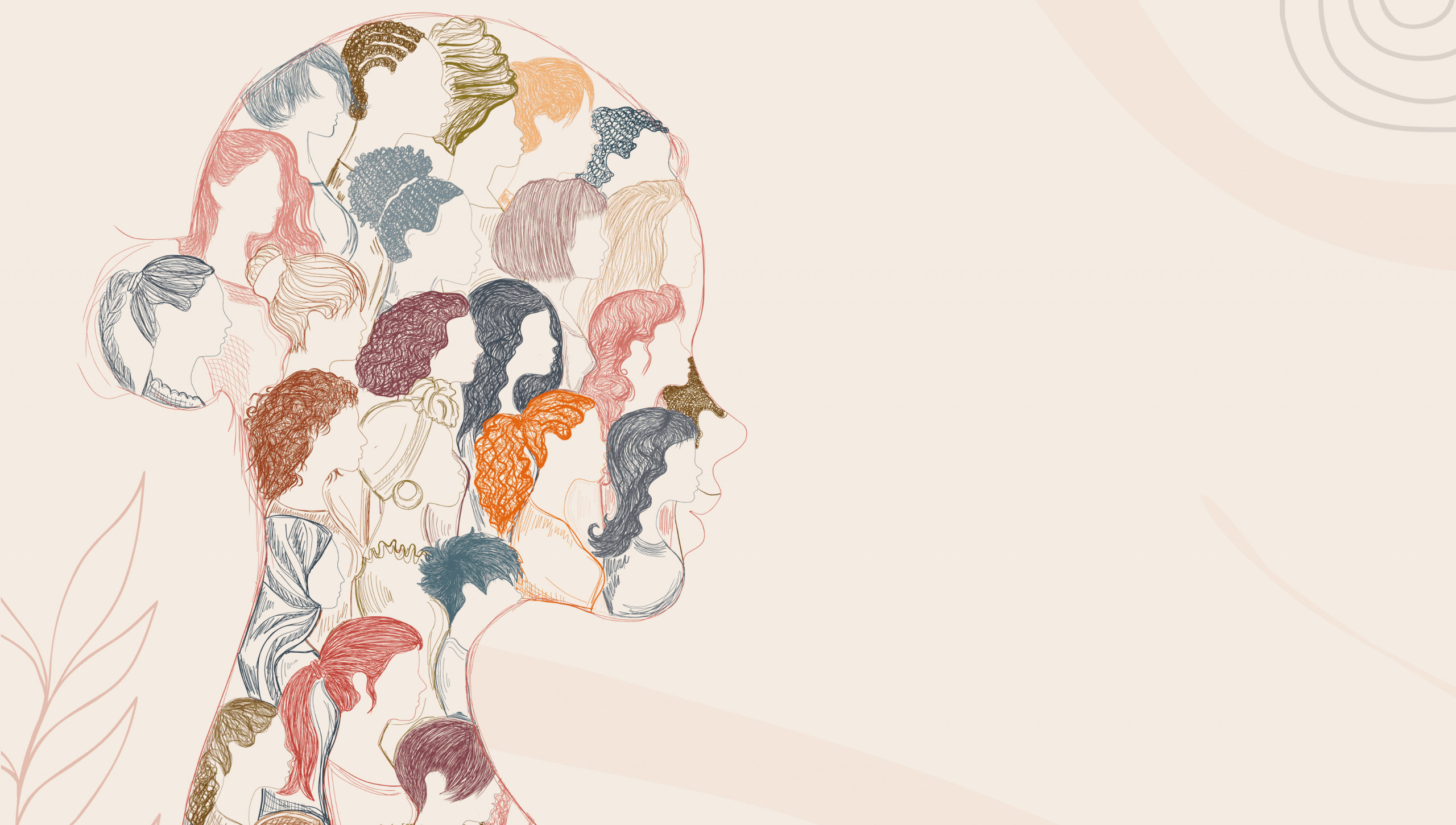
A discussion on why it’s so hard to get authentic allyship right.
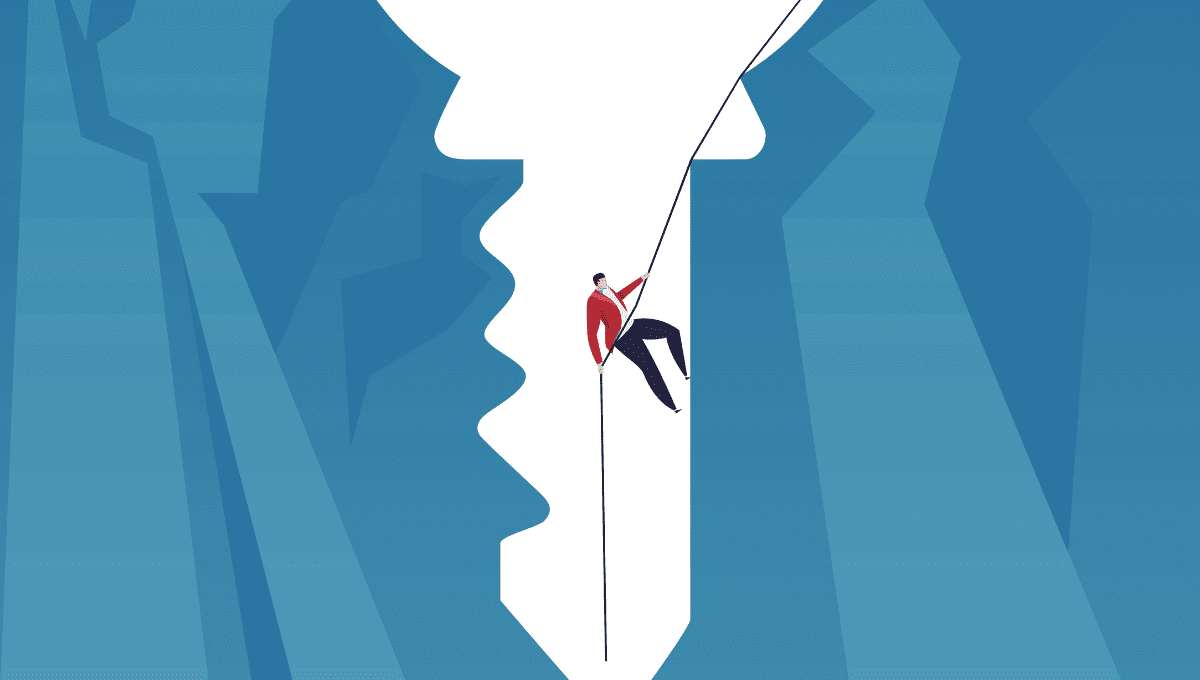
New research shows feeling uncomfortable could be key to our success.

A look at the differences between performative allyship and authentic allyship.

As the evolution of telework for the federal workforce continues, neuroscience can help leaders navigate new dynamics.

Join millions of employees in creating culture change at scale by reaching out today.

In 2007, David and Lisa Rock and their team had been working in leadership development and executive coaching for ten years, when David coined the term “NeuroLeadership.”ef

North America
Africa
South America
Asia
Europe
Australia
© NeuroLeadership Institute 2025. All Rights Reserved
This site uses cookies to provide you with a personalized browsing experience. By using this site you agree to our use of cookies as explained in our Privacy Policy. Please read our Privacy Policy for more information.